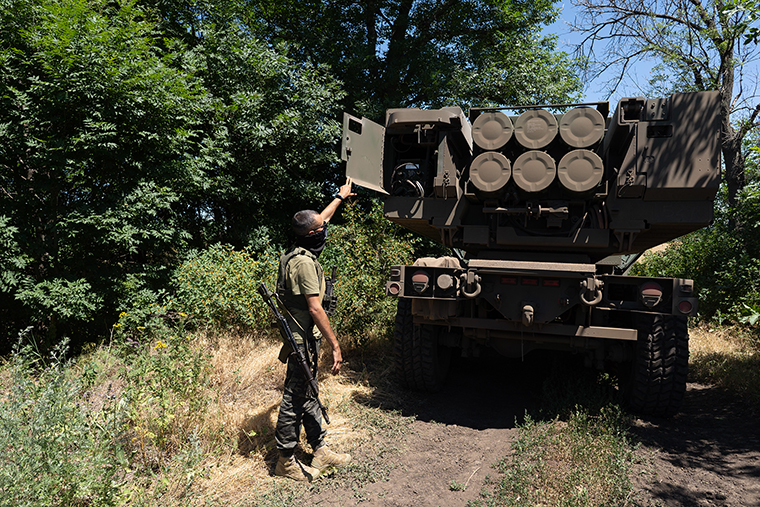
An artist’s impression of SLIM after landing on the moon
JAXA
Japan is getting ready for its first moon landing. The Smart Lander for Investigating Moon (SLIM) is scheduled to touch down on the lunar surface on 19 January. If all goes well, this will make Japan the fifth country to land a spacecraft on the moon, following the US, the Soviet Union, China and India.
SLIM launched in September 2023 and took a swooping, elongated path to the moon to save on fuel. It entered lunar orbit in December, and since then it has been taking images of the surface and slowly lowering its altitude in preparation for landing.
The spacecraft’s landing technology is extraordinarily precise, garnering it the nickname “moon sniper”. It is designed to match the images from its on-board cameras to data from other lunar spacecraft to determine its location, then autonomously navigate to its exact landing spot. “[It] is expected to be a breathless, numbing 20 minutes of terror,” said Kushiki Kenji, one of the mission’s managers at the Japan Aerospace Exploration Agency (JAXA), in a statement.
If this works, it will set the stage for future missions to land exactly where they are intended to instead of within a few tens of square kilometres of the preferred spot, as they do now. “Lunar orbiters… have provided large amounts of high-resolution observation data of the lunar surface,” Kushiki said. “Therefore, interest in lunar science and resource exploration has shifted from ‘somewhere on the Moon’s surface’ to ‘that rock next to this specific crater’.”
Once the spacecraft lands, it will release a pair of rovers, each with a new and strange method for getting around the lunar surface. Lunar Excursion Vehicle 1 (LEV-1) is designed to hop around instead of trundling along on wheels like traditional rovers, and LEV-2 is a sphere a little smaller than a tennis ball, designed by a toy manufacturer to roll across the ground and take pictures. The lander itself also carries scientific instruments to investigate the area around the crater that it is targeting for its landing.
This landing is part of a larger international effort to explore the moon. India’s Chandrayaan-3 lander reached the lunar surface in August 2023, but there have also been a series of failures: the Japanese company ispace sent a lander that crashed last April, the Russian Luna 25 craft did the same in August and more recently the US company Astrobotic’s Peregrine lander suffered a fuel leak that led to a failure to get to the moon. If this mission succeeds, it could mark the moment that lunar exploration gets back on the right track.
Topics:

























































